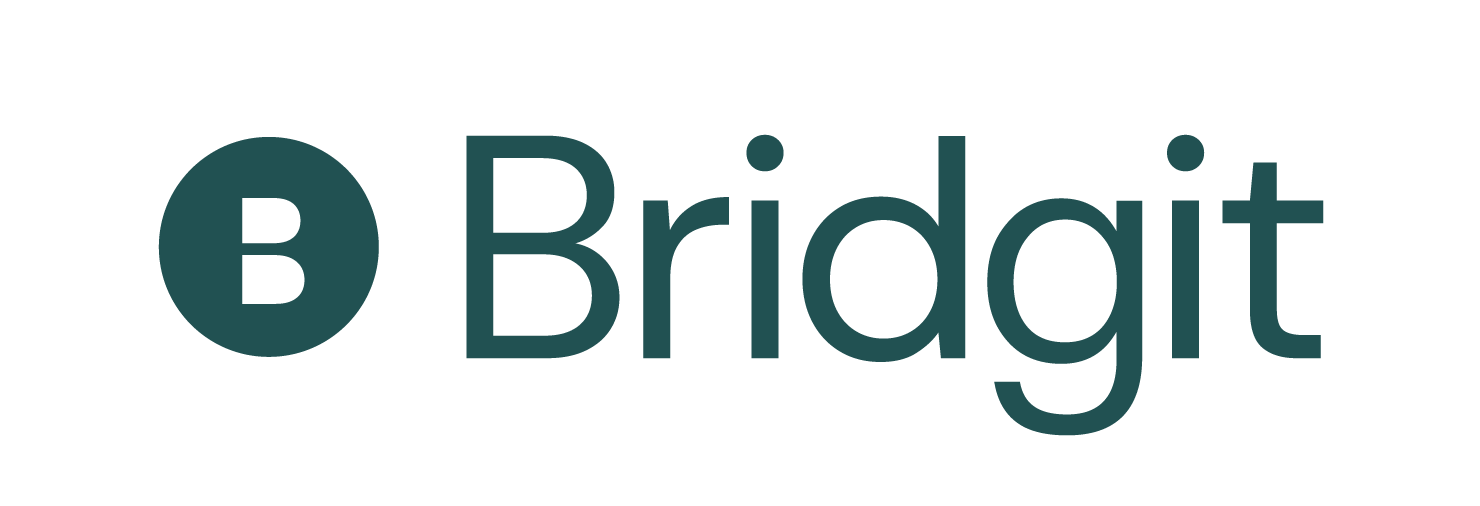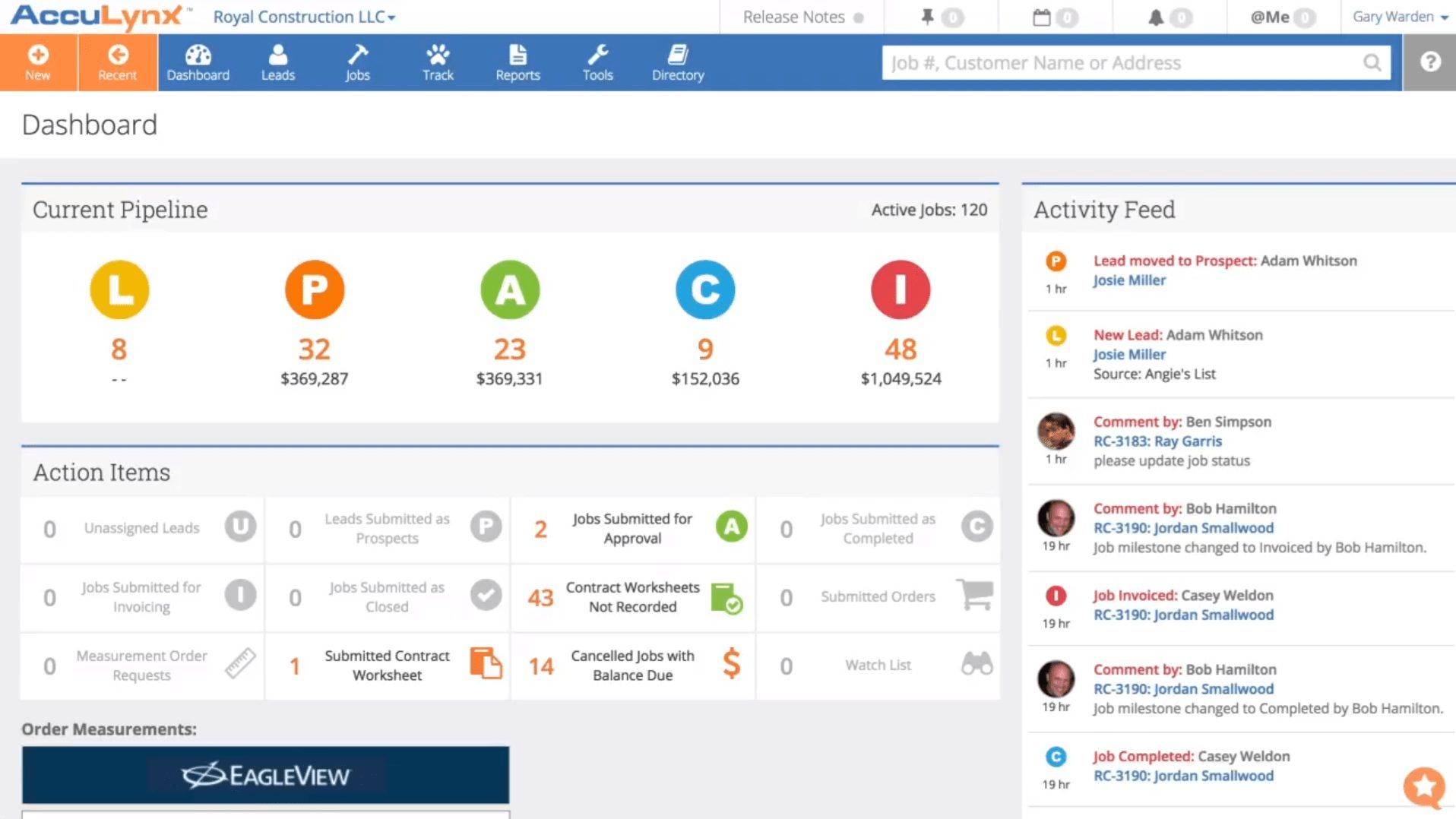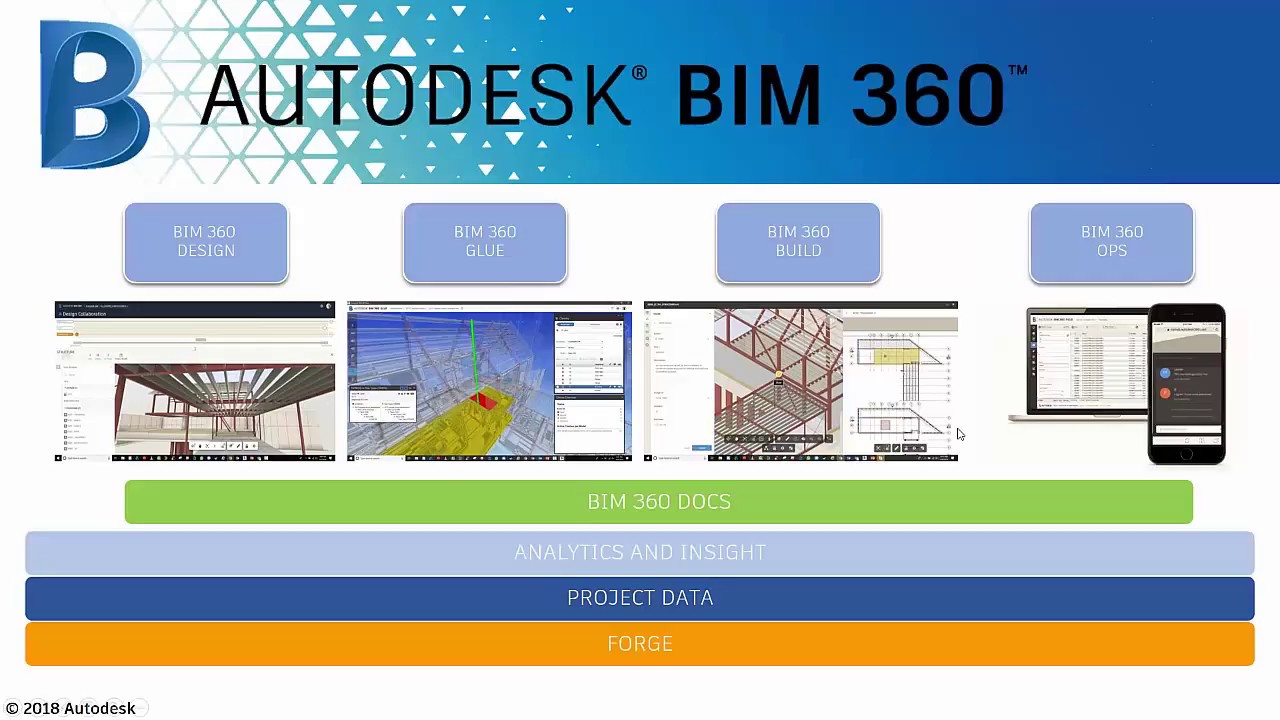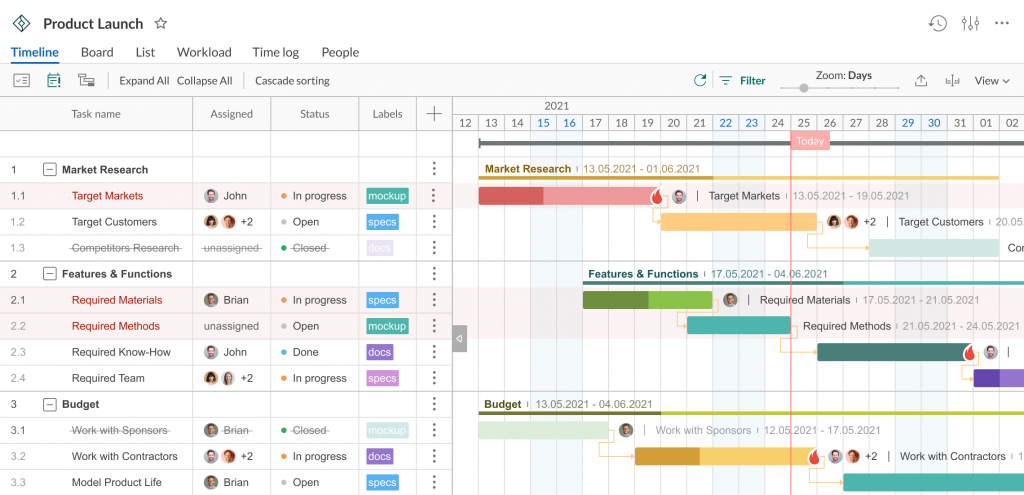
The construction sector is a vast and booming industry. However, it is the most volatile as well because the real estate market fluctuates quite often. Dealing with this volatility is not easy, especially when it comes to the successful completion and delivery of the project. Contractors and construction project managers face an array of complexities and challenges during the planning, designing, and construction of a project, from start to finish. So, it is not surprising that project managers use robust construction management tools to oversee the project from its beginning to its end.
As a contractor or a project manager, it is important that you have all the necessary tools in your arsenal so that you can implement and manage various operations through proper control and coordination of design, planning, contracting, estimating, and construction in the whole process. Apart from this, you will have to develop effective mechanisms and communications for resolving conflicts.
This post discusses the top tools that every project manager needs for creating an organized construction project plan. We have picked these tools after a thorough review. Some of their prominent functions include specifying project objectives, such as delineation of budgeting, scope, scheduling, choosing project participants, and setting performance requirements. One of such tools is the Gantt Chart which helps you visualize your current project which is discussed below.
So, without further ado, let’s get started.
Table of Contents
1. Bridgit Bench

img source: zdassets.com
The first on our list is one of the renowned tools in the industry – Bridgit Bench. It offers a comprehensive set of tools for contractors and project managers that allows them to turn their workforce into a competitive advantage. All you have to do is upload your workforce plan, and it will give you workforce intelligence, which includes people intelligence, project intelligence, pursuit intelligence, and more. Bridgit Bench is specifically designed for the construction industry. From project Gantt to expanded Gantt and project phases, tracking construction projects have never been this easy. The best part is that the tool allows you to put the right people on the job. Depending on the job role, you can find the right person based on their professional goals, project history, experience, and skills. Most importantly, Bridgit Bench allows you to connect with your project management, HRIS, and CRM tools, enabling you to build an integrated software stack. You can visit gobridgit.com for more information.
2. GanttPRO
Gantt chart is one of the most prominent methods for visualizing a construction project and its progress. Therefore, GanttPRO brings you a streamlined way to effectively manage your project with Gantt charts. For starters, the tool allows you to split the project into different groups of tasks and subtasks, making it easy for you to organize and schedule tasks and set durations and dependencies between them. Simply put, this tool puts your construction projects on Gantt charts in order to set accurate estimates and administer your resources intelligently. Apart from boasting the basic Gantt chart features, GanttPRO offers features such as resource management and team management. The best thing about this tool is that you can either work alone or create a workspace for the entire team. This means that you can distinguish roles, assign tasks to different teams, add attachments and comments, and track project progress.
3. Acculynx

img source: softwareconnect.com
Acculynx is a specialty software designed to help project managers and contractors to communicate better and see their roles and business more clearly. With Acculynx, you get a comprehensive construction estimation program that performs activities like customer relationship management, service management, accounting, project management, project scheduling, and bid management. The tool ensures that each and every individual in your team is connected and works in synchronization, helping you manage the job history from lead to payment. You will love how it plans all the tasks and organizes them so that you don’t have to. Some of its prominent features include daily log, document management, permissions, exportable reports, custom reports, scheduling, equipment management, document management, and more.
4. BIM 360

img source: youtube.com
BIM 360 is a robust construction project management tool designed to help field, project, and BIM managers to speed up the process to ensure timely delivery of their projects. The primary reason why many contractors prefer working with BIM 360 is that it allows you to manage your project budget, adhering to the safety rules, industry standards, and project specifications. With BIM 360, you can design and implement workable schedules, resolve issues faster, and enhance communications. You will have complete control over the project, enabling faster and efficient delivery of the project. Some of the salient features of BIM 360 are real-time data, construction tracking, track key performance indicators, manage field data, dashboards, and quality assurance.
What is Construction Project Management?

img source: invensislearning.com
Construction project management is the process of managing construction projects that include residential, commercial, institutional, agricultural, heavy civil, industrial, and environmental directions. Construction heavily relies on the organization undertaking the project. Organizing construction projects can be complicated because multiple workers, subcontractors, and other teams have to work together to complete a single job. Thus, construction project management provides a powerful solution where project managers and contractors use powerful tools and software to save the hassle. The most advanced project management tools are designed to help contractors to track project progress and monitor off-site construction crews with ease.
An ideal construction management tool should offer:
- Quality management
- Cost management
- Time management
- Scheduling
- Workforce management
- Project planning
Other essential features that a robust project management tool should have include crew routing, to-do lists, safety management, contract administration, expense management, and more. Please note that not all construction management tools are the same. Some are designed with customization features that lets you personalize the tool based on your project requirements. So, it is important that you choose wisely. In order to qualify as the right management tool, the software must:
- Gather project information to define workforce and resource allocation
- Track the project’s progress
- Provide project managers and contractors with the ability to schedule teams and workers
Do your due diligence before you choose a construction management tool. You need to understand that you will be choosing construction software for the long run. Therefore, choose one that caters to your different management needs.








